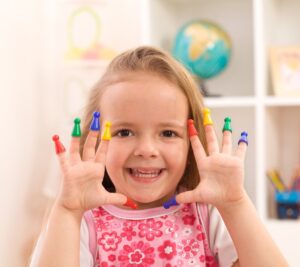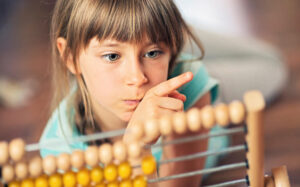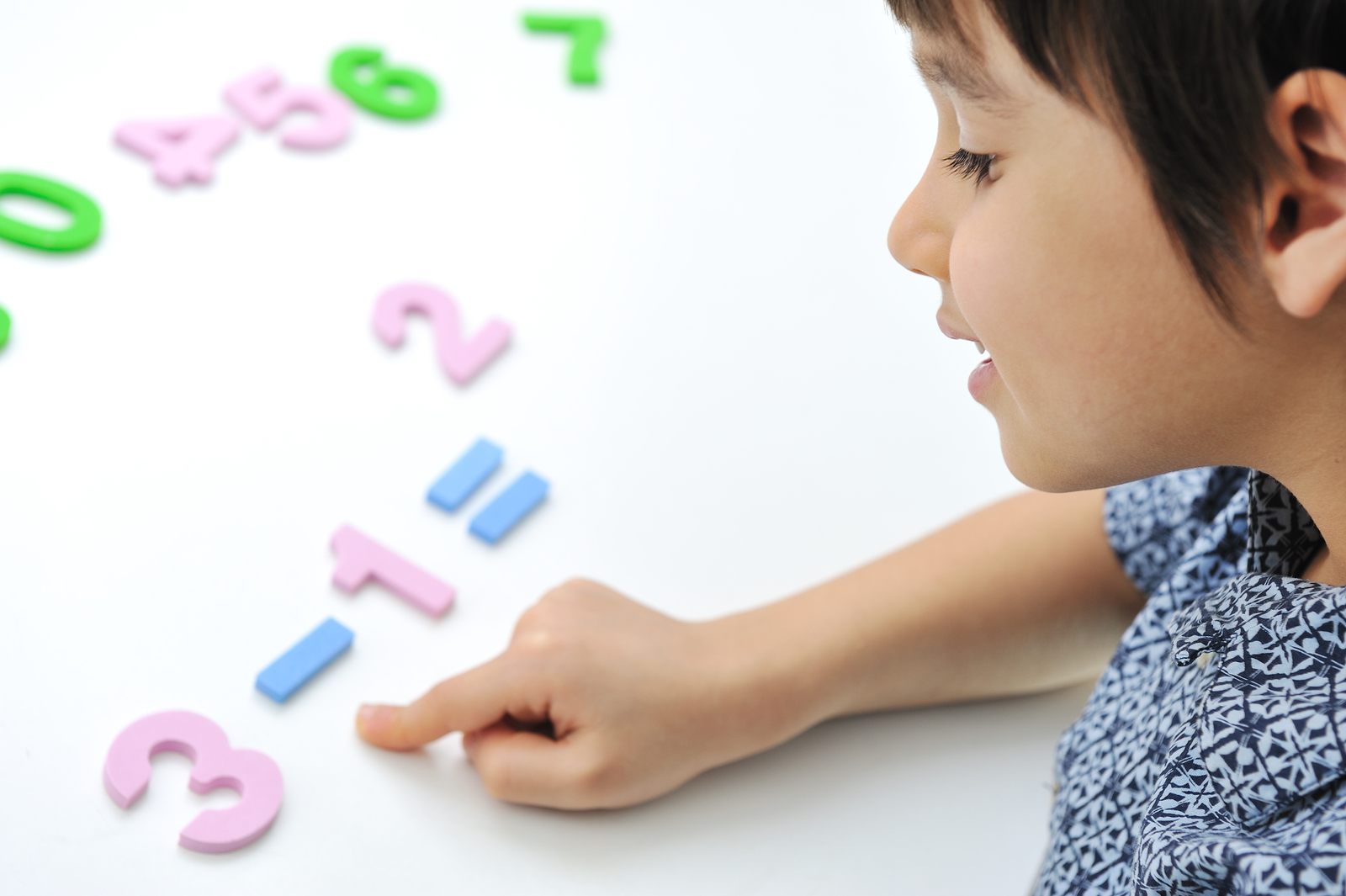Every parent wants to see their child smart beyond his years and familiar with adjectives that start with i to describe a person. However, not all children develop quickly, surprising others with extraordinary intelligence. Some kids learn easily, while others perceive information with difficulty. Therefore, adults will need to make efforts so that the child as soon as possible to master the basic knowledge, among which a special place is counting. This skill will give a start to further successful learning in school, the development of thinking, memory and intelligence. How to teach a child to count, what, how and when to do – read in our article.
Learning to count: general

recommendations
There is no need to rush and load a small child full of lessons about area of a triangle practice problems, but to prepare him to mastering counting is worth starting from infancy. Training is carried out systematically and in stages, depending on the age of the baby:
Up to a year old. A one-year-old child’s brain is not ready for the perception of complex information. The most important thing at this stage is to develop fine motor skills and figurative thinking. It is useful to repeat nursery rhymes, curling the fingers on the hands of a baby.
From 1 to 3 years. It’s time to acquaint your baby with the concept of “a lot or a little. Here all kinds of play materials will help. Explain that one toy in your hand – it’s a little, and in a box a lot of them. Looking at training books, you can ask what kind of figures in the picture more, what less, or equal amount. At age 2, a child can not yet consciously count, but already three years – is able to learn to count to 5.
From age 3 to 4. At this age, clarity is important for learning. You can start to count everything in sight: fingers, sticks, toys, trees, steps, candy. Three- to four-year-old toddlers love to help their parents with household chores. This urge can be used to teach them. There are many options: put four cups on the table, count the cakes and tell if there are enough for all members of the family, serve three napkins, etc.
Ages 4 to 5. Explain the principle of formation of numbers from digits and try to count to 100. If the child understands, you can assume that he was born with a mathematical mindset, and if the information is given with difficulty, do not despair, he will definitely understand everything later.
At the age of 5 or 6, go from visualization to counting in your head, without the help of fingers or sticks. It is worth practicing counting backwards, adding and subtracting.
In order that lessons for the baby were in pleasure and did not cause a negative reaction, you need to adhere to simple rules:
Remain calm and patient. Nervous and snapping at the shouting can discourage learning. At the first signs of the child’s negative reaction, fatigue, loss of interest, you need to interrupt the training.
snapping at the shouting can discourage learning. At the first signs of the child’s negative reaction, fatigue, loss of interest, you need to interrupt the training.
Conduct classes with kids only in the form of a game. To make a child absorb information, do not necessarily put him behind a desk, to learn better in the game: scoring goals at the gate, building a construction set, loading cubes truck, jumping rope. With preschoolers can start more serious lessons, but their duration should not exceed 15-20 minutes.
Include surrounding objects in the training. Everything is suitable for counting: spoons, mugs on the table, candy, fruit, cars in the yard, children playing on the playground.
Keep in mind the individuality of the child. You should not demand from your baby more than he is able to do at this stage. Doesn’t understand – come back to the subject later. Understanding comes to everyone in its own time.
Involve the child’s senses. Learning is more productive if the kid shifts items of counting himself, says the numbers out loud. Connect to the process of smell and taste can be a simple trick: count the candy before you eat it or flowers, inhaling the fragrance of each.
Beginning training, you need to give the child time to get used to the terms, names, the process itself and only then try to convey the meaning of what is being studied. When the baby understands the spoken meanings, you should move on to memorization.
